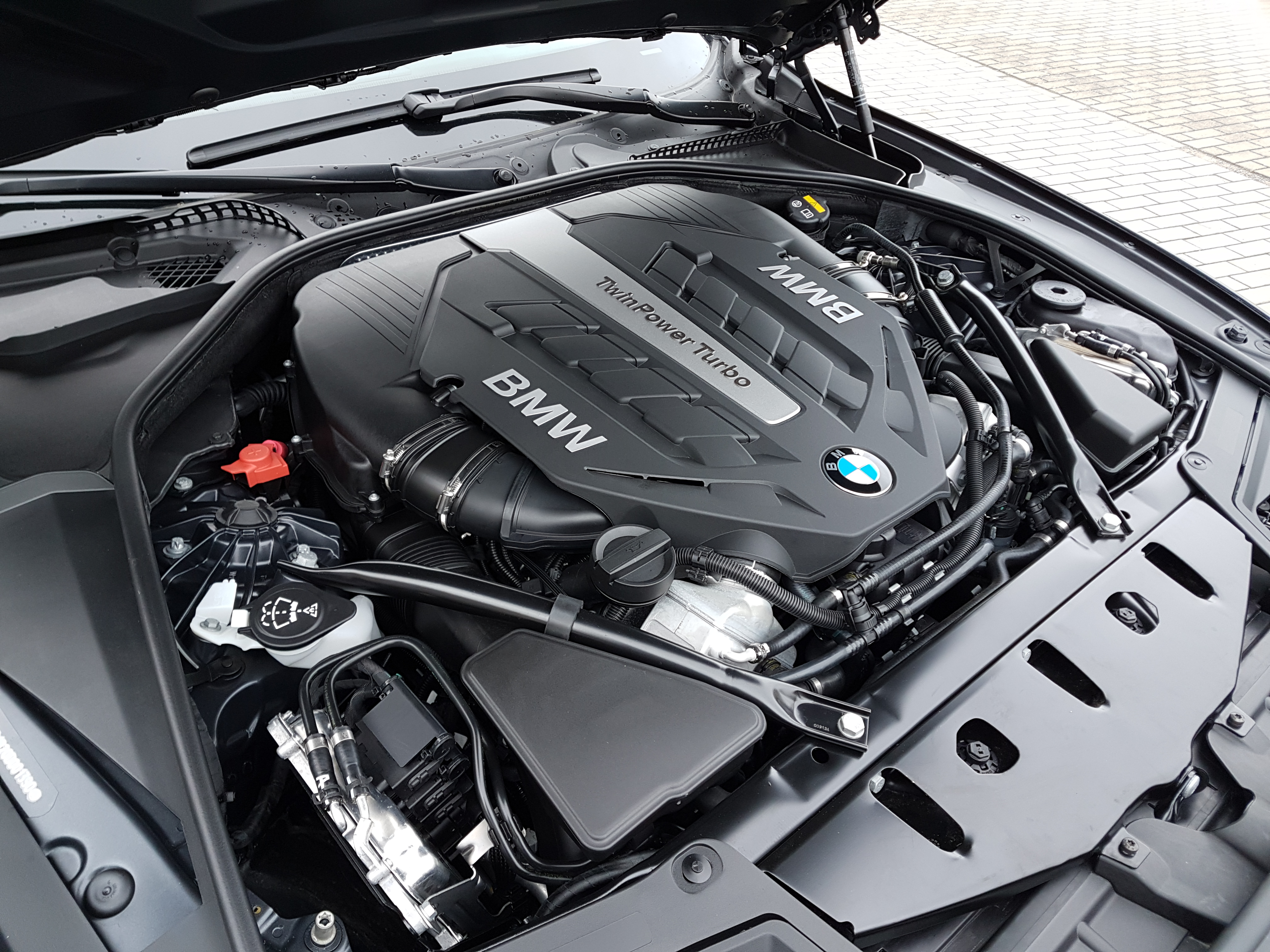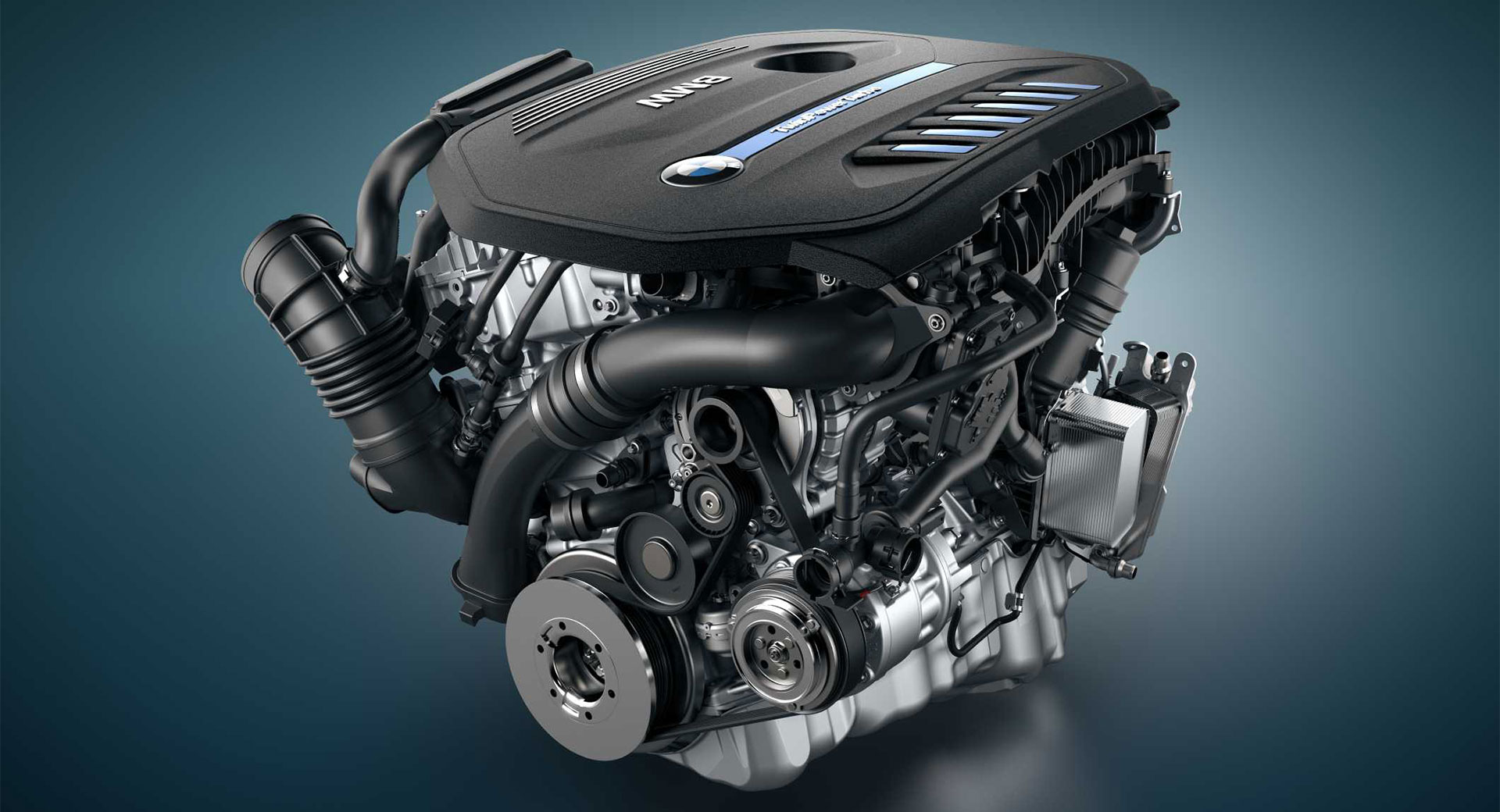The Advancement of the BMW Engine: A Recall at Iconic Versions
The Advancement of the BMW Engine: A Recall at Iconic Versions
Blog Article
Exploring the Development of Combustion Engines in Modern Transportation Solutions
As we navigate the landscape of contemporary transportation, the development of combustion engines stands as a testament to human ingenuity and engineering prowess. From their humble starts to the innovative giants thrusting lorries today, combustion engines have actually gone through a remarkable journey of technology and adjustment. Understanding the complexities of this evolution not just drops light on the past but likewise leads the way for imagining what lies ahead in the world of transport innovation. The interplay of background, innovation, and environmental concerns in forming the trajectory of burning engines produces a narrative that is both engaging and informative.
Early Beginnings of Combustion Engines
Exactly how did the principle of combustion engines initial emerge in the early phases of transport advancement? The origins of burning engines can be traced back to the 17th century when the concepts of internal combustion were initial checked out.
The innovation minute came with the innovation of the very first successful gasoline-powered engine by Karl Benz in 1885 - bmw engine. This engine led the way for the advancement of the contemporary automobile, transforming transport systems worldwide. Subsequent developments by Nikolaus Otto and Gottlieb Daimler better refined combustion engine innovation, bring about the mass production of vehicles and the fast growth of the transport sector
These early combustion engines were characterized by their simplicity and efficiency, laying the foundation for the complex and effective engines made use of in modern-day transport systems. The advancement of burning engines has been critical in shaping the method we travel and transfer goods, marking a substantial landmark in the background of transportation development.
Shift to Internal Combustion Modern Technology
The change to interior combustion modern technology marked a crucial shift in the evolution of transport systems. This change began in the late 19th century, with inventors like Nikolaus Otto and Gottlieb Daimler creating the very first successful internal burning engines. These engines transformed transportation by supplying a much more efficient and effective choice to steam engines and electrical motors.
One of the key benefits of internal burning engines was their capability to be scaled down to fit right into cars, bring about the advancement of motorcycles and autos. This shift from cumbersome, fixed engines to compact, mobile ones led the way for the modern-day transportation systems we see today.
The change to internal burning technology likewise spurred innovations in fuel modern technology, leading to the growth of gasoline and diesel as main gas sources for automobiles. This shift not just made transport much more obtainable to the masses however additionally laid the foundation for the oil and gas market to come to be essential to international economies.
Effect of Combustion Engines on Transportation
The fostering of burning engines in transportation systems catalyzed an extensive change in the effectiveness and rate of global wheelchair. Burning engines transformed transport by providing a flexible and trusted source of power for different lorries, including cars and trucks, vehicles, ships, and planes. This innovation substantially boosted the ability for goods and people to conform cross countries in shorter time frameworks, bring about increased connectivity between regions and nations.
Moreover, the prevalent use burning engines has actually had a significant effect on economic advancement. The capacity to move items efficiently has actually stimulated trade and business, allowing companies to expand their markets and reach customers worldwide. This has assisted in economic growth and globalization, as products can currently be transported much faster and in bigger quantities than in the past.
However, the ecological effect of combustion engines can not be neglected. The combustion of fossil gas has actually caused air pollution and greenhouse gas exhausts, adding to climate adjustment and presenting health and wellness risks to populations. bmw engine. Therefore, there is a growing focus on establishing alternative propulsion technologies to alleviate these unfavorable effects and produce a more click lasting future for transportation
Innovations in Burning Engine Design
Countless improvements in combustion engine style have thrust the advancement of transport systems over the decades. One notable innovation is the advancement of turbocharged engines, which use exhaust gases to drive a wind turbine that presses inbound air, permitting more gas to be burned, leading to boosted power outcome without a considerable increase in engine size. In addition, direct shot technology has actually improved fuel performance and performance by exactly regulating the amount and timing of gas infused into the combustion chamber. Variable shutoff timing systems have likewise changed engine design by enhancing air movement at different engine speeds, improving both power and performance. Another considerable innovation is the integration of lightweight products such as carbon fiber and light weight aluminum alloys, decreasing general engine weight and boosting car fuel economic situation. Additionally, improvements in computer-aided design have enabled engineers to enhance engine efficiency and efficiency through simulations before physical models are constructed, conserving time and sources in the development process. These innovations collectively contribute to the constant renovation of burning engines in modern-day transport systems.
Future Patterns in Combustion Engine Growth
With modern technology developments driving continual advancement, the future of burning engine advancement is positioned to revolutionize transportation systems around the world. One of the essential fads in combustion engine advancement is the press in the direction of greater effectiveness and lowered emissions.
One more noticeable trend is the adoption of crossbreed modern technologies in combustion engines. Hybrid engines incorporate traditional combustion innovation with electric power, offering enhanced this article fuel performance and lower discharges. As the auto sector changes towards electrification, hybrid burning engines are viewed as a transitional remedy that bridges the gap between traditional lorries and totally electric ones.
Moreover, the combination of clever modern technologies, such as expert system and data analytics, is expected to play a considerable function in the future of combustion engine advancement. These innovations can enhance engine efficiency in real-time, causing a lot more reliable burning procedures and improved general car performance. Accepting these future trends will not only drive innovation in burning engine growth yet additionally add to a much more sustainable and ecologically friendly transport environment.

Verdict
To conclude, the evolution of combustion engines in modern transportation systems has been marked by considerable improvements in modern technology and layout. From the very early starts of burning engines to the change to interior burning innovation, these engines have actually had an extensive effect directory on transport. Technologies in combustion engine layout remain to drive progression in this area, with future fads concentrating on more enhancing effectiveness and minimizing discharges. The future of combustion engines in transportation looks promising as research and development initiatives proceed to press limits.
The roots of burning engines can be mapped back to the 17th century when the principles of internal burning were very first explored. These engines transformed transportation by supplying a much more effective and efficient choice to heavy steam engines and electric motors.

Report this page